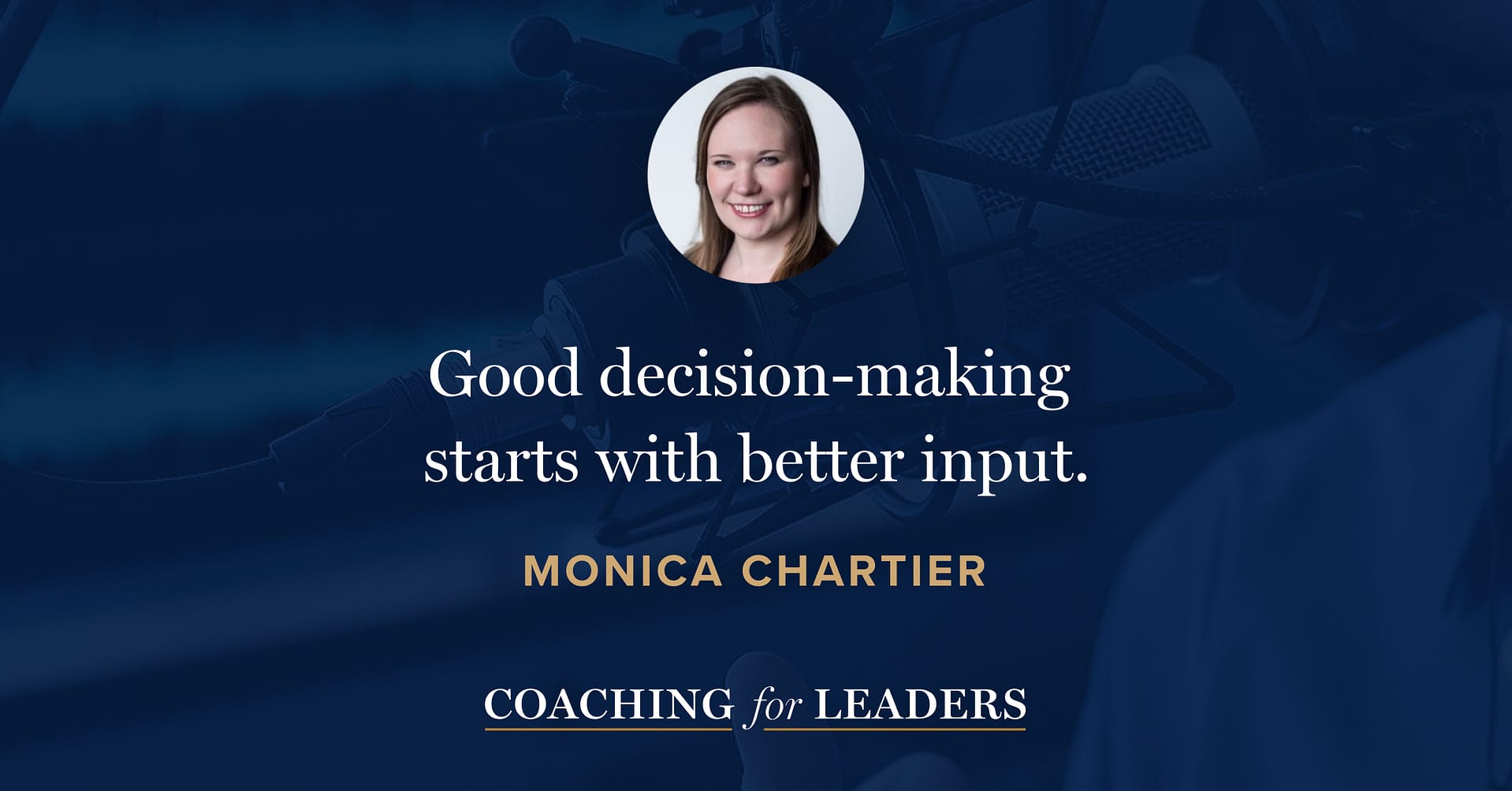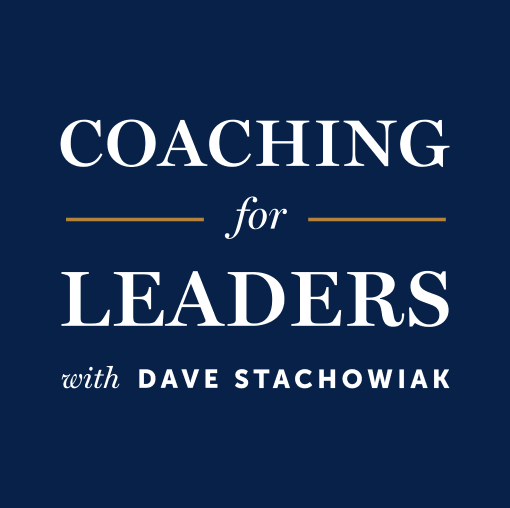Monica Chartier: Coaching for Leaders Fellow
Monica Chartier is a group product manager in the technology industry. Her work has centered on supporting a global product experience, getting a million visitors a day. In addition to her e-commerce and technical experience, she indexes heavily on coach-like leadership with her team and also inside our community as one of our Coaching for Leaders Fellows.
In this conversation, Monica and I explore a need inside the Coaching for Leaders membership community and how we used the design thinking process to approach it. We outline the five key steps we followed and how you might do the same to address a problem inside your own organization.
Key Points
Five steps to solve a problem using design thinking:
- Empathy: Start with Intentional Listening and Observation.
- Define: Clarify the Real Problem to Solve.
- Ideate: Co-Create Ideas and Form Testable Hypotheses.
- Prototype: Start Small, Learn Fast.
- Test, Learn, and Adapt: Make Iteration a Leadership Habit.
Access Monica’s detailed guide (PDF download)
Resources Mentioned
Related Episodes
- The Way to Make Struggles More Productive, with Sarah Stein Greenberg (episode 569)
- How to Prevent a Team From Repeating Mistakes, with Robert “Cujo” Teschner (episode 660)
- How to Lead Engaging Meetings, with Jess Britt (episode 721)
Discover More
Activate your free membership for full access to the entire library of interviews since 2011, searchable by topic. To accelerate your learning, uncover more inside Coaching for Leaders Plus.





